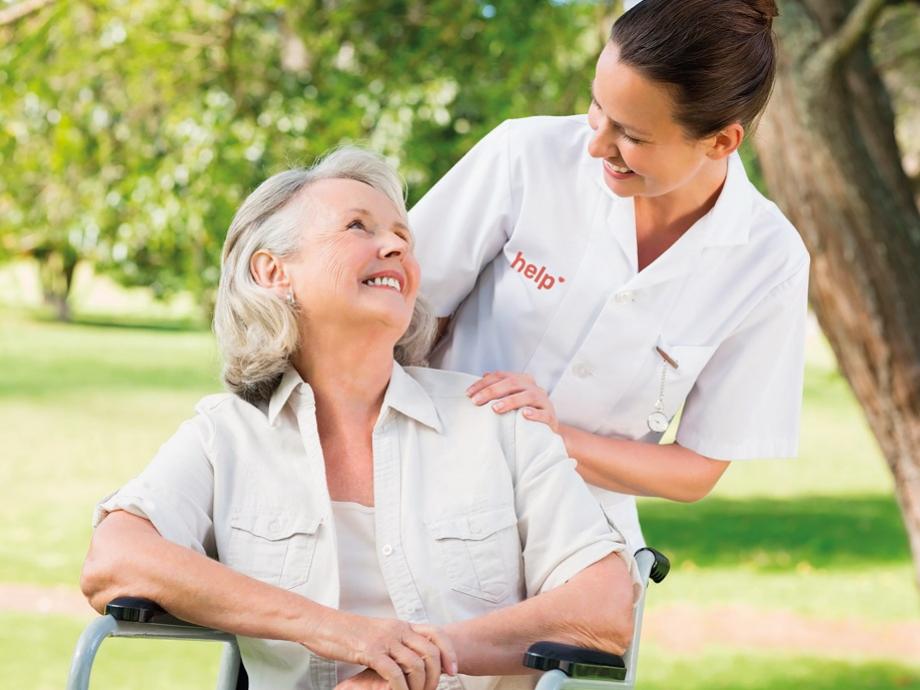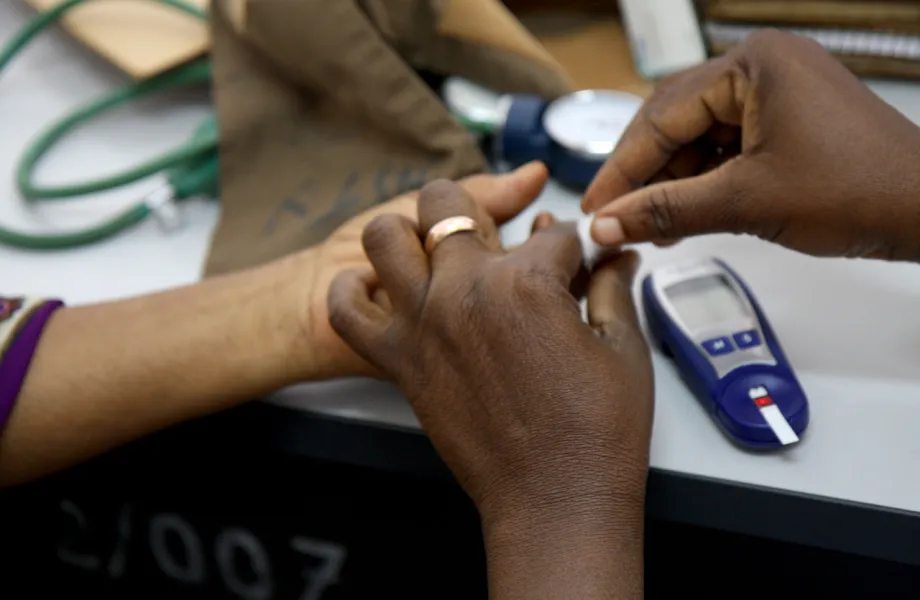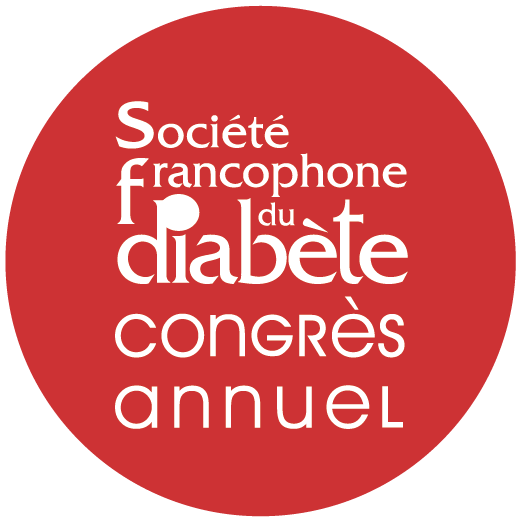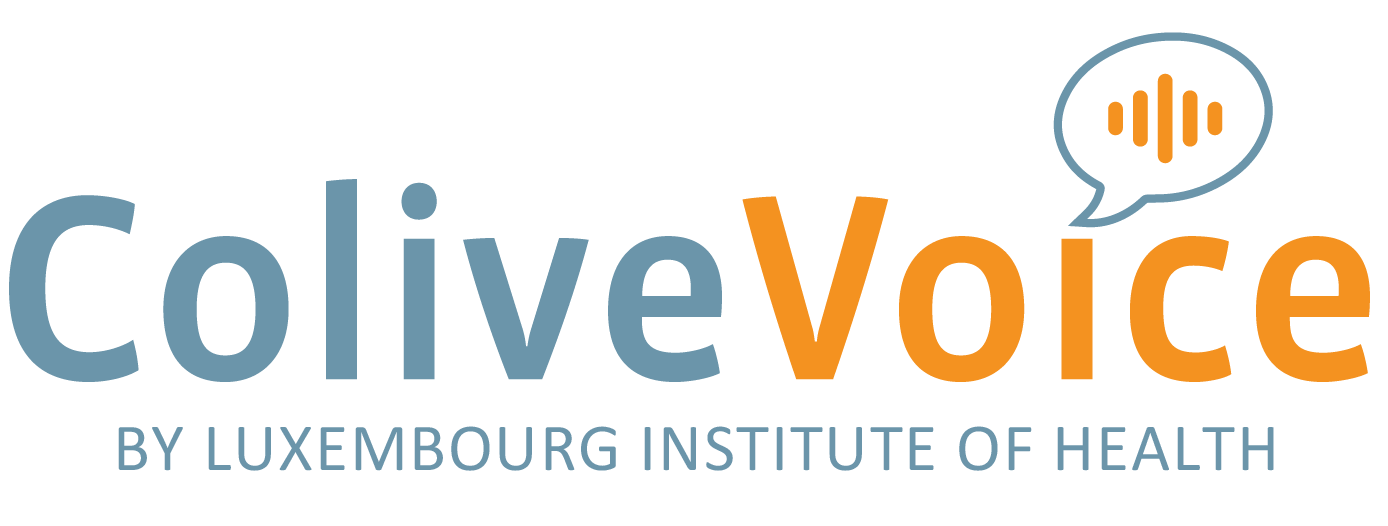
News
What’s happening with the Colive Voice Project?
Stay in the know with what’s happening with our digital health study
-
 10 May 2023
10 May 2023Developing vocal biomarker research
-
 25 Apr 2023
25 Apr 2023Digital Health Study: Colive Voice Team Interview
-
 25 Apr 2023
25 Apr 2023Easing the screening of diabetes through the voice
-
 25 Oct 2022
25 Oct 2022How to detect diseases and monitor our health easily using voice?
-
 03 Jun 2022
03 Jun 2022Women raise their voices to advance cancer research
-
 19 May 2022
19 May 2022A voice to help shape the future of healthcare
-
 13 May 2022
13 May 2022Colive Voice project sprints forward
-
 06 Mar 2022
06 Mar 2022Colive Voice researchers will share the first results on diabetes at SFD conference 2022
-
 05 Dec 2021
05 Dec 2021Colive Voice is looking for participants with chronic diseases
-
 29 Nov 2021
29 Nov 2021Guy Fagherazzi, participates in the SciLux podcast


